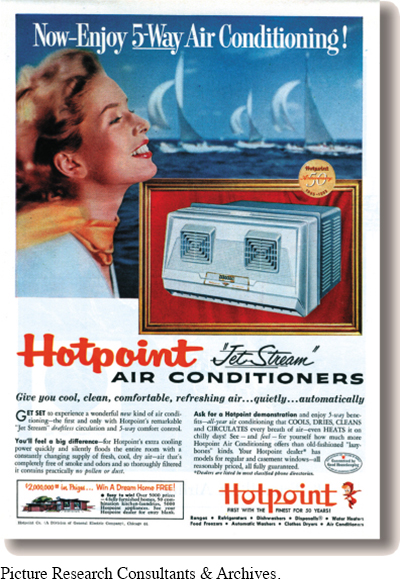The American Promise: Printed Page 785
The American Promise, Value Edition: Printed Page 712
The American Promise: A Concise History: Printed Page 812
Burgeoning Suburbs and Declining Cities

Although suburbs had existed since the nineteenth century, nothing symbolized the affluent society more than their tremendous expansion in the 1950s. Eleven million new homes went up in the suburbs, and by 1960 one in four Americans lived there. As Nixon boasted to Khrushchev during the kitchen debate, the suburban homes were accessible to families with modest incomes. Builder William J. Levitt adapted the factory assembly line to home construction, erecting nearly identical units so that workers moved from house to house performing one specific job. In 1949, families could purchase mass-
The American Promise: Printed Page 785
The American Promise, Value Edition: Printed Page 712
The American Promise: A Concise History: Printed Page 812
Page 786The American Promise: Printed Page 785
The American Promise, Value Edition: Printed Page 712
The American Promise: A Concise History: Printed Page 812
Page 787By the 1960s, suburbs came under attack for bulldozing the natural environment, creating groundwater contamination, and disrupting wildlife patterns. Social critic Lewis Mumford disparaged suburbia as “a multitude of uniform, unidentifiable houses in a treeless communal wasteland, inhabited by people of the same class, the same income, the same age group.” Yet most families were thrilled to be able to own new homes. “It was a miracle to them,” one man said of his working-
The suburbs did help polarize society, especially along racial lines. Each Levittown homeowner signed a contract pledging not to rent or sell to a non-